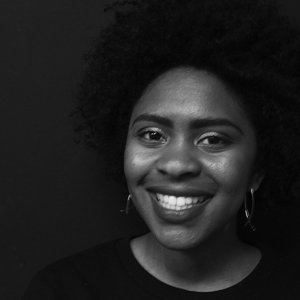Colvin: Buzzfeed video spreads important message of asexual inclusion
While many people wrap up romantic attraction with sexual attraction, the two don’t always go hand-in-hand.
Some people are asexual, meaning that they experience little to no sexual attraction. Asexual individuals can have romantic – straight, homoromantic, biromantic, panromantic – feelings for others, but they are simply not interested in sex.
Buzzfeed recently came out with a video entitled “15 Poignant Asexual Confessions,” which shared thoughts from asexual people about coming to terms with their sexuality. In the video, asexual, or ace, people expressed anxiety about the coming out process and the dismissal they often face after having come out.
This video has brought asexual awareness to a vast audience when asexuality is regularly left out of discussions of sexual orientation. By including asexuals more so in the lesbian, gay, bisexual and transgender media, ace people will feel more comfortable in coming out and being a part of their community.
It’s not hard to see why ace individuals are afraid to reveal their orientation. Commonly, non-asexual people, or allosexual people, say that they find asexuality inconceivable. Often, they will say that disinterest in sex is fictional, temporary, or a physical or mental disorder. Even within the LGBTQ community, which is supposed to be a safe space for anyone who does not fit into normalized expressions of gender and sexuality, asexuals face harassment and discrimination.
Earlier this year, the Gay & Lesbian Alliance Against Defamation affirmed that the LGBTQ acronym should be expanded to include asexuals. Additionally, Syracuse University’s LGBTQ interest publication, The OutCrowd Magazine, featured an article on asexual romantic relationships in its latest issue. News outlets should follow in these footsteps by discussing asexuality and covering issues pertinent to ace people.
Similarly, asexual awareness and inclusion is an issue that exists on a personal level. The lack of ace representation in mainstream media parallels the lack of ace inclusion in our own personal circles.
When it comes to being inclusive in your own interactions, welcoming asexuality instead of dismissing it is a good start. Chiefly, one of the worst feelings that a queer person can experience is a sense of invalidation. Comments such as “It’s just a phase,” “Does your asexuality have anything to do with sex-related trauma?” and “How do you know you’re asexual if you’ve never had sex?” imply that you know more about someone’s sexuality than they do, and that is just plain rude.
Ultimately, the best inclusive action that non-asexuals can take to is to treat asexual friends, family members and coworkers with the same respect that you would afford anyone else. “The Golden Rule” should be common sense, but society’s lack of asexual awareness has paved the way for toes to be stepped on.
If a loved one or a peer comes out as asexual, support them as they figure out their sexuality, but don’t try to figure it out for them. Understand that someone’s disinterest in sex has nothing to do with you. As an ally, creating a safe space is not about policing another’s identity, but asking the right questions to cure curiosity and ignorance.
Caroline Colvin is a sophomore magazine journalism major. Her column appears weekly. She can be reached at ccolvin@syr.edu and followed on Twitter at @fkacaro.
Published on September 3, 2015 at 2:06 am






